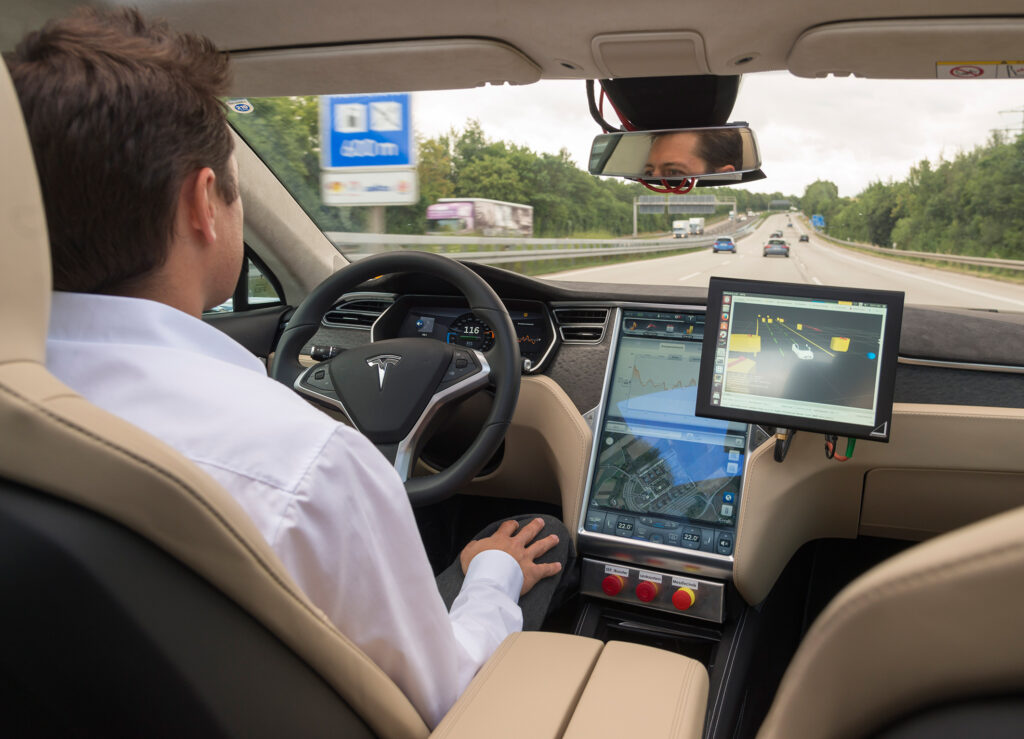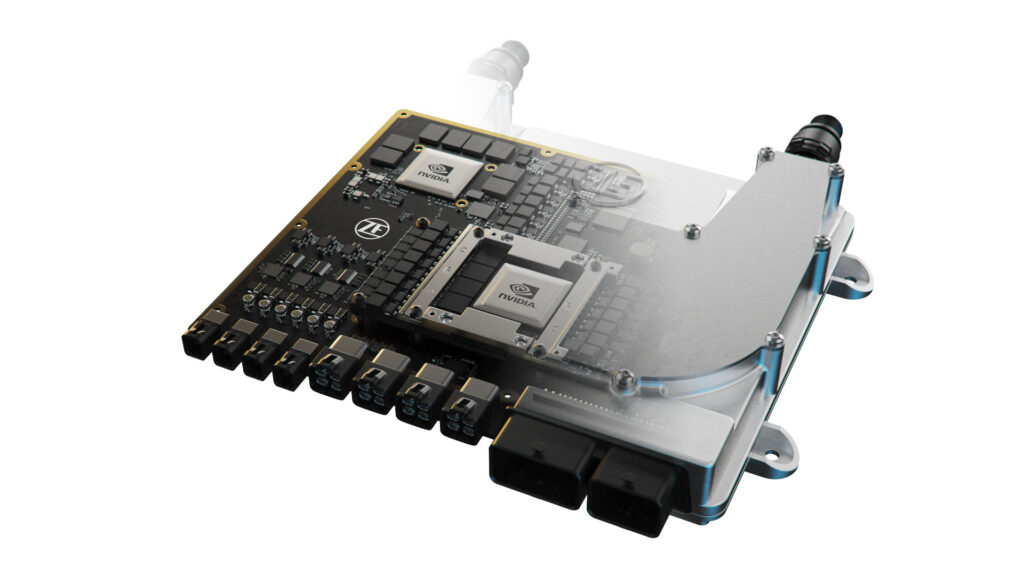Quirky tech that’s making a difference
- PostedPublished 1 March 2019

Oddball concepts striving to improve every facet of motoring
Trawl through automotive news websites and you’ll no doubt read myriad stories detailing the latest in powertrain, chassis and infotainment technology.
As is ever the case, however, there are countless other areas where innovative designs and technologies are helping solve long-standing issues in the motoring world.
Case in point: Reportedly, in excess of 30 million people in Europe suffer from motion sickness. This, clearly, is a major stumbling block for those looking to travel. Fortunately, French car manufacturer Citroën is now offering a pair of specially engineered glasses that are designed to stop motion sickness in its tracks.

The curious-looking glasses, called ‘Seetroën’, feature hollow rings filled with a coloured liquid. This liquid creates an artificial horizon that moves with the vehicle and individual – preventing the conflict between visually perceived movement and that registered by the body’s balance system, clashes of which can cause motion sickness.
The glasses, which were developed by French start-up Boarding Ring, cost €99 ($A159) and in excess of 15,000 pairs have been sold so far.
Elsewhere, Hyundai has been investigating ways to improve the ease of use of its vehicles. Firstly, it has unveiled a new fingerprint-scanning system that will allow an owner both to access their vehicle and also start it – saving them from fumbling for keys, or getting stuck if they happen to lose them.

Like more conventional set-ups, the fingerprint-recognition system will also reconfigure the vehicle to suit the driver in question; considerable effort is being put into ensuring the system is secure, too, and the company claims the set-up is five times ‘more effective’ than conventional or smart keys.
Hyundai has also demonstrated technologies designed to help hearing-impaired drivers in an effort to boost their confidence and mobility.
The new set-up makes use of two assistance systems, dubbed ‘Audio-Visual Conversion’ (AVC) and ‘Audio-Tactile Conversion’ (ATC), to deliver more information about the surroundings to the driver.
The AVC converts external sounds into pictograms on the vehicles head-up display; a horn honked off the rear quarter, for example, would show up as such on the display to inform the driver of the potential hazard. The ATC, on the other hand, converts information about the surroundings – such as the distance to obstacles – into vibrations that are transmitted through the steering wheel.

Safety improvements aside, trials conducted so far have shown a reduction in driver fatigue as there is less need to constantly scan their surroundings.
In a similar vein, the European Union recently announced new legislation that requires all electric vehicles sold from 2019 onwards to emit a low-speed noise – as is the case with some already – in an effort to help visually impaired or hard-of-hearing pedestrians.
Vehicle testing is another tranche of the industry getting a boost from new technologies. While automated durability testing of seats isn’t a new concept, Ford’s new ‘Robutt’ goes further by applying both heat, moisture and rotation. The robotic seat-testing arm mimics the action and effects of a warm, sweaty individual getting into the seat, twisting and bouncing – and repeats this cycle for 7500 times over three days, which is equivalent to a decade’s worth of wear.


New autonomous hardware isn’t just creeping into testing facilities; this year, on-road trials of semi-autonomous vehicles will start in Victoria.
Bosch, which has been awarded $A2.3 million from the ‘Connected and Automated Vehicle (CAV) Trials Grants Program’ will carry out the first on-road tests later in 2019.
The hardware and software being developed by Bosch will be tested on high-speed rural Victorian roads, on which drivers are five times more likely to be killed. The grant itself comes from part of an overarching ‘Towards Zero’ government scheme to reduce road deaths.

The results of the trials, which will expose the semi-autonomous vehicles to numerous conditions, will allow the government to better understand the infrastructure requirements for semi- and fully autonomous vehicles.
Such technology, if deployed appropriately, could reduce accidents and save lives.
Development of semi-autonomous cars is being further spurred on by companies such as ZF, which recently unveiled its new automotive-grade ProAI RoboThink control unit.

The system, which is now being used by NVIDIA to launch its new DRIVE Autopilot partial automation software, is tremendously powerful – and mooted to be capable of supporting ‘Level 4’ automation, in which a driver could theoretically ignore the process of driving almost entirely.
Production of the ProAI is expected to start within the next 12 months, which will help new partner NVIDIA meet its expected DRIVE Autopilot launch date of 2020.
- CategoriesIn SightGlass
- TagsSightGlass News Issue 16, technology

